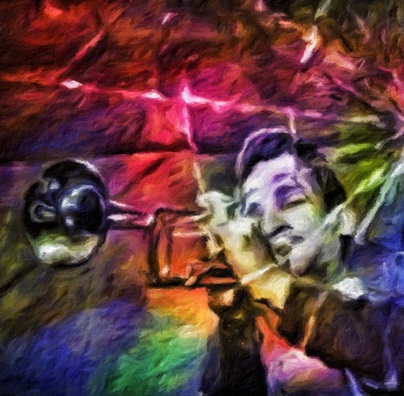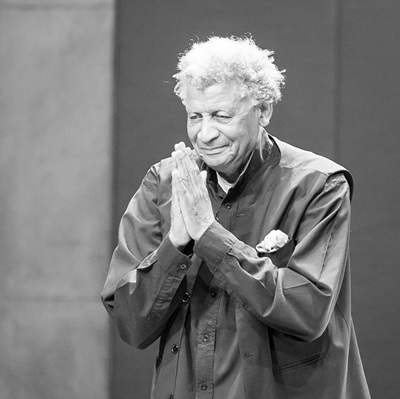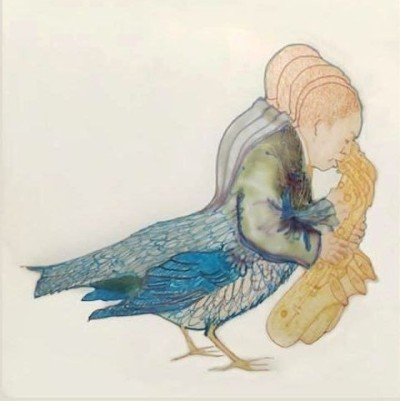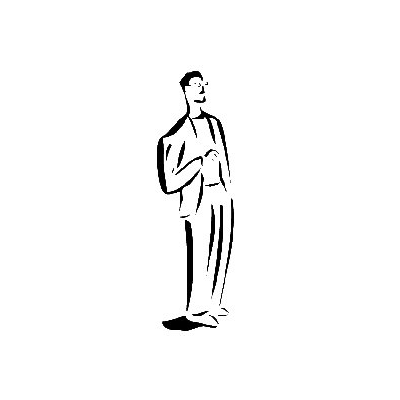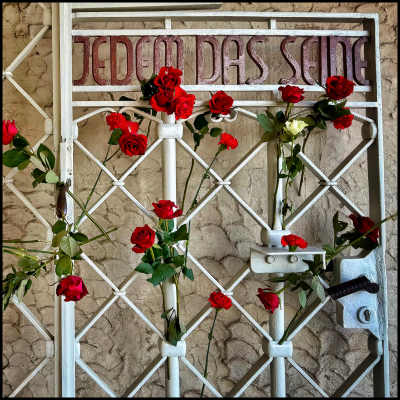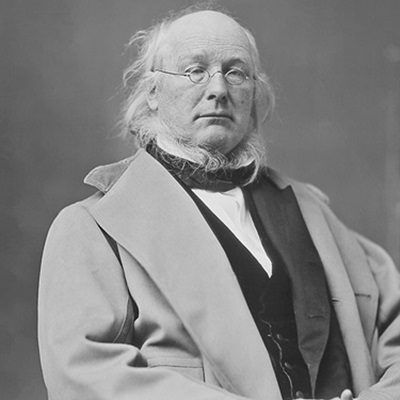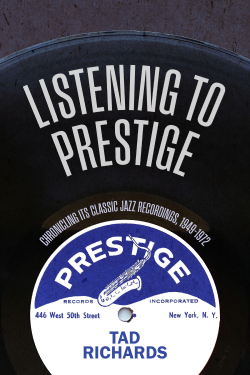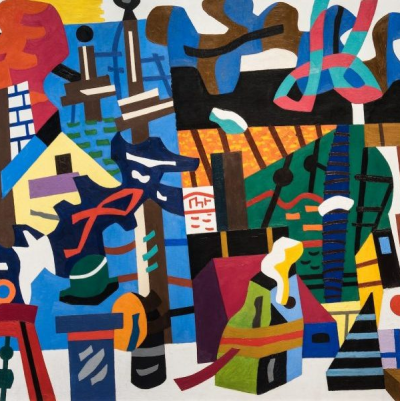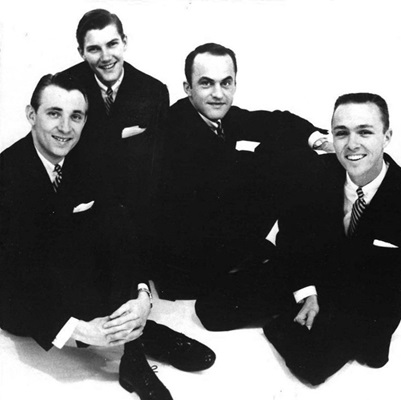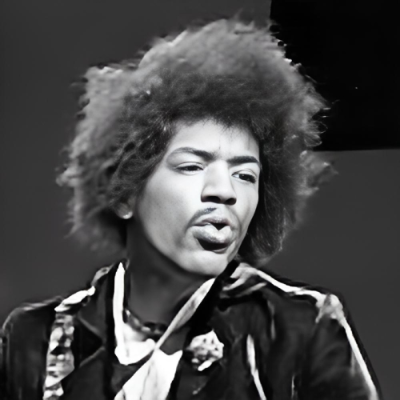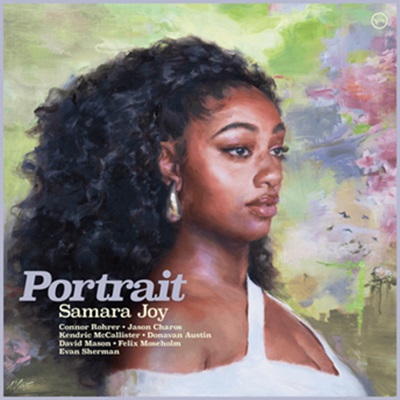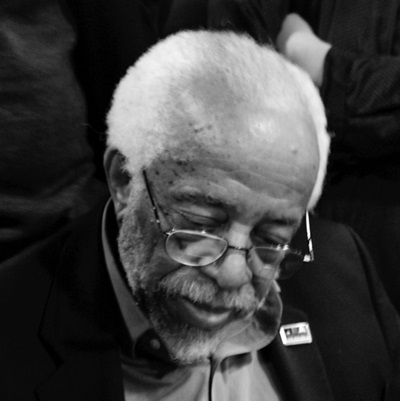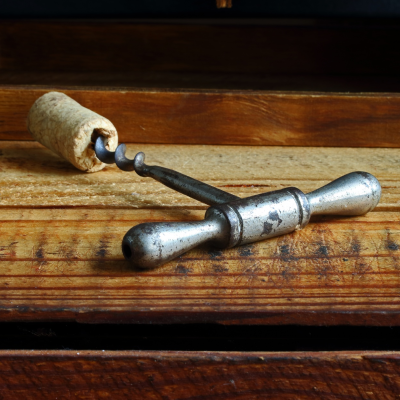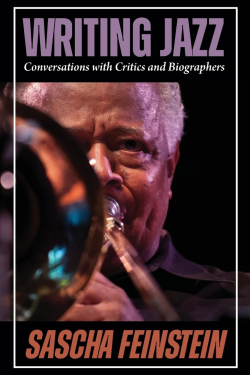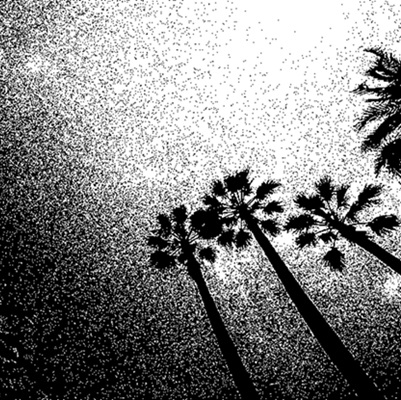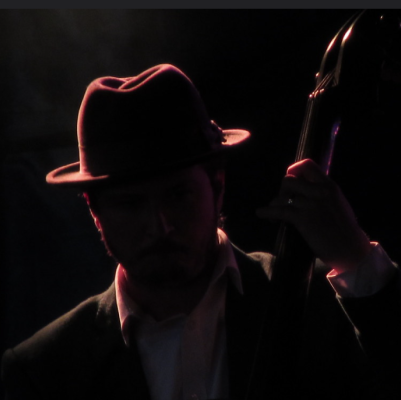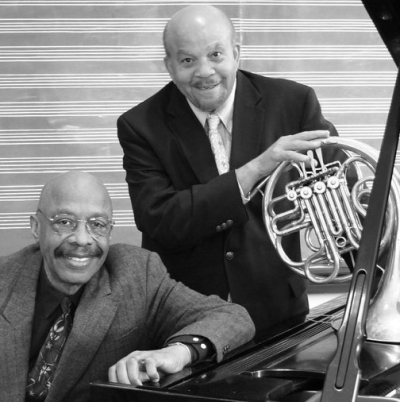.
.
“I Can’t Breathe,” a story by Leke Adefioye, was a short-listed entry in our recently concluded 55th Short Fiction Contest. It is published with the permission of the author.
.
.
___
.
.
“Remember Me: George Floyd,” by Vakseen

.
I Can’t Breathe
by Leke Adefioye
.
…..All of a sudden, I began to experience an unusual perspiration. A perspiration that altered the rhythm of my heartbeat. The more the rhythm was thrown off, the more rapid my heartbeat pounded. I listened with displeasure as my heartbeat produced discordant tunes. The tunes were unpleasant to the ears.
…..I held my breath to slow down the pounding rate of my heartbeats. I rearranged the beats in a desperate attempt to make them fall back into a normal sequence. I mentally struck the chords of my heartbeats to force a change. I looked beyond a glaring disruption of my internal body anatomy. I tried to be a man. A man who would not let out an emotion that will make him feel less of a man.
…..I thought I had seen it all. There’s absolutely nothing that’ll make me feel less of a man—so I assumed. Unfortunately, my confidence failed me, as did my assumption. My ability failed me, as did my prowess. My strategy failed me, as did my confidence and strength.
…..Then, my manliness gave way as my eyes responded to involuntary blinks. As my eyes blinked, the tears rolled down my cheeks. I felt the temperature of the tears as they rolled down. They were above warm—close to boiling. The lacrimal glands may have boiled them up as they flowed to the tear ducts. They hurt as they journeyed down my cheeks and dropped on my chest.
…..Then, all of a sudden, there was a strange feeling. A strange feeling of restoration that reset my heartbeat. A clog in the wheel of my heartbeats slowed the rapid rate. Then, it fell back into a normal sequence. Then, a restoration of rhythm. Then, a normal heartbeat.
…..I sat and wondered what the emotional roller-coaster was all about. When did I stop being a man? How did I get so tortured over a movie? How could a movie disrupt my internal body anatomy? How could a movie move me so terribly? Funny enough, the movie is very familiar. I’d seen it before now. I paused for a moment as I searched through my mind again. The search confirmed my assertion. The movie is very familiar; so is the title. I know what the title is. I know exactly what the title connotes. The movie is titled I Can’t Breathe.
…..Written by Eric Garner and directed by Ahmaud Arbery. Breonna Taylor, Trayvon Martin, Jamar Clark, Philando Castile, Botham Jean, Michael Brown Jr., Ezell Ford, Michelle Shirley, Stephon Clark, Tamir Rice and other talents are cast members. The movie was produced by George Floyd.
…..I Can’t Breathe is adrenaline pumping with no suspense. With smooth transitions between scenes and a predictable end, I Can’t Breathe is a high-budget movie that happens to be a sequel to itself. All components of the movie are super weird. From effects to visuals. From structure to scenes, and from cinematography to dialogue. They all reflect turpitude and a flagrant disrespect for human dignity on one side, and a shameful brutality that was glaringly excessive on the other. The movie was shot in Minneapolis. Despite being a high-budget movie, it has absolutely no entertainment value. The movie is indeed very familiar; so is the spooky title.
…..I Can’t Breathe interrupted a reality show christened Covid-19. The movie flourished in fame like the Covid-19 show it halted. It began like an interlude with familiar scenes. The first scene lasted for eight minutes, forty-six seconds. A gruesome knee-over-neck scene. The producer shuttled between crew and cast. He was a crew member and also a part of the cast team.
…..The producer begged to stay alive. The producer struggled to stay alive. The producer clamored for air. The producer hoped for a savior. He yearned for breath—a free gift from his creator.
…..The knee on his neck never budged. The knee on his neck intensified its grip. The knee had a face of anger and hate. The knee was a designated messenger of death. The knee on his neck…that knee on his neck was on a heinous mission.
…..The knee had a well-defined job description. The knee went over, above, and beyond to complete its assigned task. Yes, the knee did its job perfectly. It was a cardiopulmonary arrest mission—a brutal assignment carried out in the most devilish style.
…..In a millisecond, the knee successfully completed a quick troubleshoot that instantaneously identified the producer’s neck as the most vulnerable organ. The knee promptly went for it. It blocked the producer’s neck and prevented blood flow to his brain. It blocked the producer’s neck and prevented airflow to his lungs. And when eight minutes, forty-six seconds were over, so was the producer’s life.
…..As I wiped off the profuse tears and imagined how excruciatingly painful the producer’s last minutes of life must have been, I sobbed and hoped I wouldn’t get to watch this movie again. I Can’t Breathe is one tragic movie too many. George Floyd, the producer, and the entire crew as well as the cast all committed a crime and were found guilty of a one-count charge of skin color—a criminal offence punishable by death.
…..Then, they paid the ultimate price—their lives. Wait a minute! Is it too late to appeal? I thought there was no right that was right enough to take a man’s life. I thought there was no wrong that was wrong enough to justify that heinous act. I thought there was only one race—the human race.
.
.
___
.
.

Originally from Nigeria and now living in the United States, Adeleke Adefioye is a humanitarian, creative writer and data integration specialist. He has always shown a genuine interest in human welfare. He is passionate about humanity, justice, equity and fairness. He is the author of Racism: A Disease of the Mind, a nonfiction (social issue) book available on Amazon, Barnes & Noble, Book Baby and all the major book distributors worldwide.
.
.
___
.
.

Born in Athens, GA (1979) and raised in Jacksonville, FL, Otha Davis III (also known as Vakseen) is a self-taught, museum-exhibited artist and a multi-platinum music executive, producer & songwriter.
To visit his website, click here
.
.
Listen to a 2020 recording by Ambrose Akinmusire called “Hooded Procession (read the names out loud)”
.
.
.





